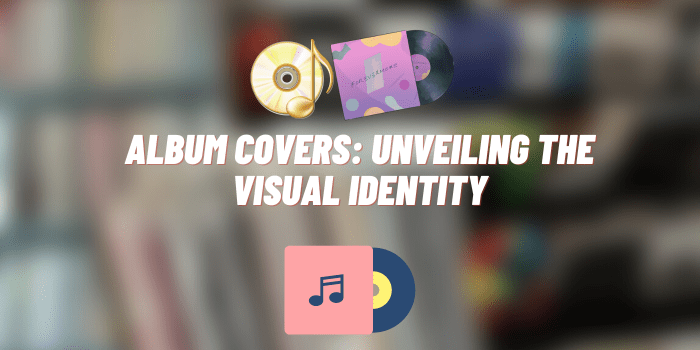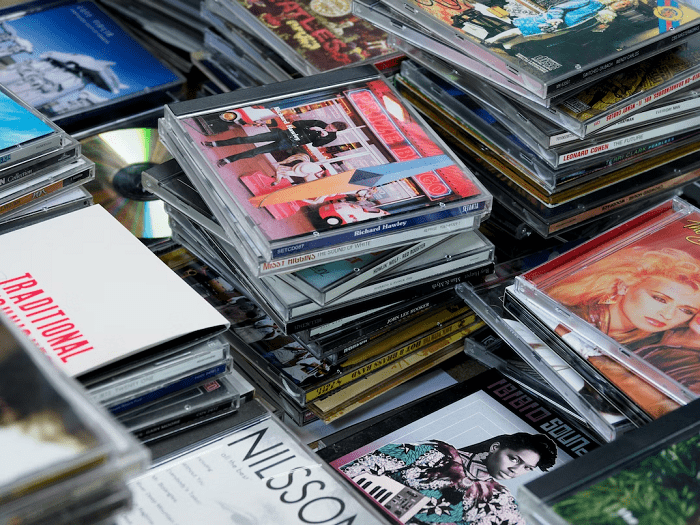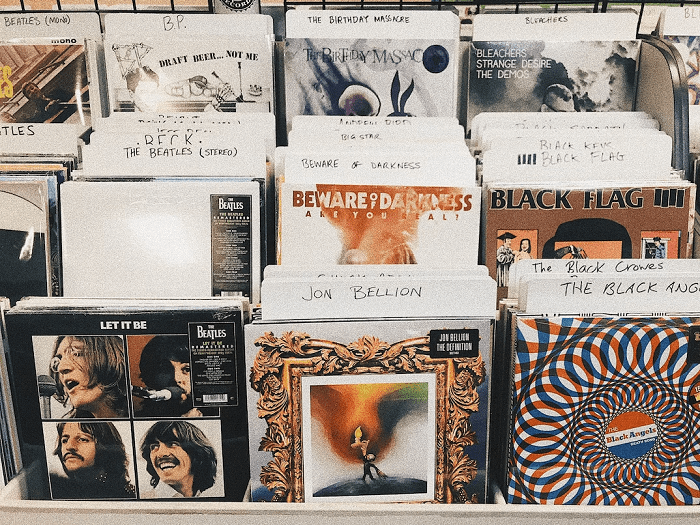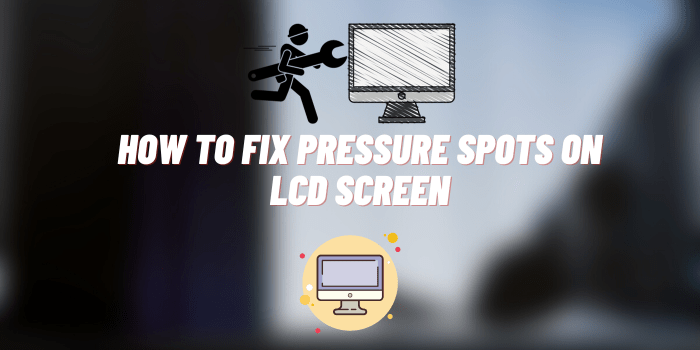Album Covers: Unveiling the Visual Identity
Music has always been a powerful medium to express emotions, tell stories, and connect with people on a deep level. And while the music itself takes center stage, the album cover plays a pivotal role in capturing the essence of the music and captivating listeners even before they press play. In this blog post, we will dive into the fascinating world of creating album covers, for example, with cover art maker, exploring the creative process and the importance of visual identity.
The Power of the Album Cover

Before we jump into the details of creating an album cover, let’s take a moment to appreciate its significance. The record cover is the face of the music – it sets the tone, evokes emotions, and leaves a lasting impression. Just like a book cover, it entices potential listeners to explore further and gives existing fans something to hold on to.
Visualizing the Music
Creating an album cover is not just about slapping a random image on top of some text. It requires a deep understanding of the music, the artist’s vision, and the desired emotional response. The record cover needs to visually represent the essence of the music, acting as a gateway to the artist’s world.
Conceptualizing the Design
The design process for a record cover starts with brainstorming and conceptualizing. It’s about finding the right visual metaphor or symbol that resonates with the music and the artist’s message. This could be done through research, sketching, or even collaborating with a graphic designer or illustrator.
Choosing the Right Elements
Once the concept is finalized, it’s time to choose the elements that will bring it to life. This includes selecting typography, colors, imagery, and any other visual elements that will create a cohesive and impactful design. Each element should be carefully considered to ensure it aligns with the overall concept and complements the music.
Typography – The Voice of the Album

The choice of typography is crucial to conveying the album’s message and establishing its visual identity. Different fonts evoke different emotions and can drastically alter the perception of the music. A handwritten font may suggest intimacy and vulnerability, while a bold sans-serif font can convey strength and confidence. It’s important to strike the right balance and ensure that the typography aligns with the overall design and genre of the music.
Colors – Setting the Mood
Colors play a vital role in creating the desired mood and atmosphere for an album cover. Each color has its own psychological impact and can evoke specific emotions. Warm tones like red and orange may suggest passion and energy, while cool tones like blue and green can evoke a sense of calmness or melancholy. Experimenting with color combinations and palettes can help create a visually striking and emotionally resonant record cover.
Imagery – Telling a Visual Story
The imagery used on album art can tell a story, capture a moment, or convey an abstract idea. It can be a photograph, an illustration, or a combination of both. The key is to select visuals that enhance the concept and create a strong connection between the music and the visual representation. By carefully choosing imagery, artists can effectively communicate their message and create a memorable record cover.
Putting it All Together

Once the elements are chosen, it’s time to piece them together into a cohesive design. This involves arranging the typography, imagery, and other visual elements in a way that creates a balanced and visually pleasing composition. It’s essential to consider the hierarchy of information, ensuring that the artist’s name and the album title are legible and stand out appropriately.
Feedback and Iteration
Creating album art is an iterative process. It’s crucial to seek feedback from trusted sources, such as fellow artists, fans, and industry professionals. Their insights can provide valuable perspectives and help refine the design further. This collaborative approach ensures that the record cover resonates with the target audience and effectively represents the music.
Conclusion
The creation of album art is a fascinating journey that combines artistry, storytelling, and marketing. It’s a visual representation of the music and an opportunity to captivate potential listeners. By carefully considering each element, from typography to imagery, artists can create album covers that not only enhance their music but also leave a lasting impact on the audience. So, next time you listen to your favorite album, take a moment to appreciate the artistry behind its captivating cover.






